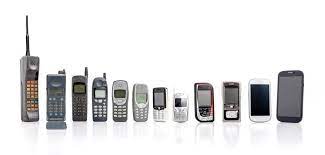Nuance Audio is a new option for people who resist traditional aids, from the company that makes Ray-Bans and operates LensCrafters.
Seekers of Meaning Podcast Posted Online March 7, 2025
What's Next Longevity Deal Talk Episode 32, January, 2025
Presentation: What's Next Longevity Venture Summit, June, 2025

 he cell phone – imagine a connected life without it. The story of that invention, particularly the context of an AT&T monopoly of the time period, is instructive about what it takes to get an innovation into the market – when many are involved, including government agencies; and obstacles, in-house and competitors, are all around. According to
he cell phone – imagine a connected life without it. The story of that invention, particularly the context of an AT&T monopoly of the time period, is instructive about what it takes to get an innovation into the market – when many are involved, including government agencies; and obstacles, in-house and competitors, are all around. According to  The past few weeks have brought broad-based wails of AI anxiety. Last week in a meeting with some senior execs, there it was again – warning about scams, exploitation and worse. Then there is the AI laundry
The past few weeks have brought broad-based wails of AI anxiety. Last week in a meeting with some senior execs, there it was again – warning about scams, exploitation and worse. Then there is the AI laundry